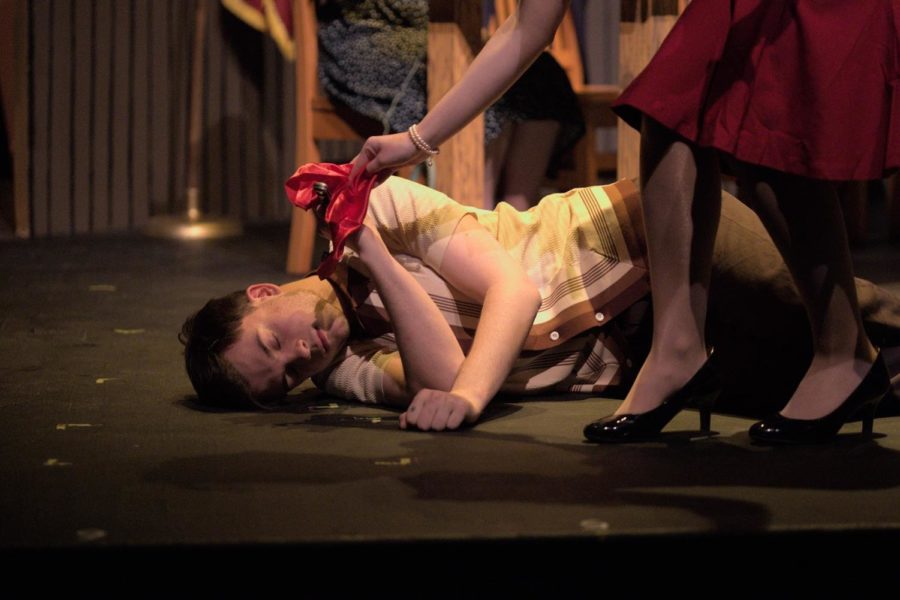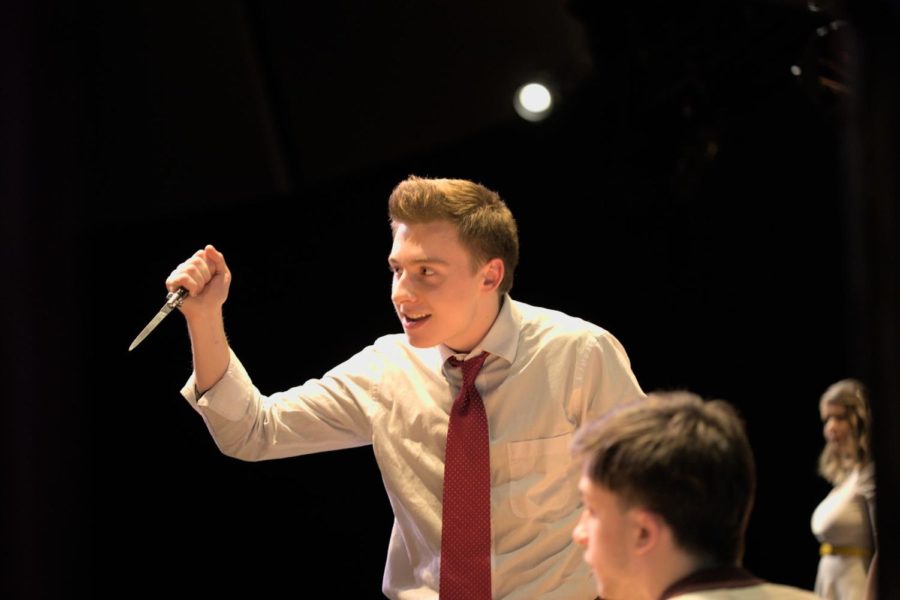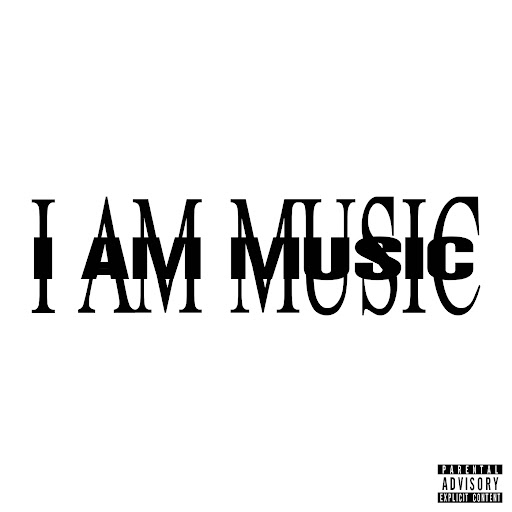The spotlight was on the courtroom at the Little Theatre on Thursday, March 24, premiere night for the Chappell Players’ spring play “12 Angry Jurors.” Co-directed by juniors Peter Astriab and David Bayha, the play totaled three performances through Saturday, March 26.
Before the curtains opened, the performance was already taking place as each of the twelve jurors took their places in reserved seating alongside the audience. They quietly chatted while in character as though in a real jury box, subtly drawing attention to the front of the house. This set the tone for the rest of the play with social and moral dilemmas inviting viewers to consider themselves in this story about speaking up in the name of justice.
“12 Angry Jurors” follows the same plot that is more prevalently known as “12 Angry Men.” The play’s title was changed by its publishing company to accommodate co-ed productions. The Standard — the student newspaper of Missouri State University, which performed the revised play in 2008 — was the first to report the approved shift in terminology by the Dramatic Publishing company. Not to mention the entirely white male list of actors that starred in the 1957 film adaptation, this name change emphasizes and illuminates the deeply-rooted socio-economic issues that underscore the case at hand.

With the exception of the opening bit, “12 Angry Jurors” takes place in a continuous scene. It is considered a straight show, or in other words, a theatrical performance characterized by dialogue as opposed to song and dance. A young boy is accused of murdering his father, and it is up to the jurors after the closing statements to unanimously decide his fate. However, while the jury appears set upon a guilty verdict, Juror No. 8, played by Abby Ballard, courageously prevents the vote from succeeding. From the very start, her presence on the stage was powerful as her character convinced the others in the room to take her side one by one.
Despite remaining in the same set throughout the entirety of the play, the lighting crew did an amazing job with conveying the passage of time. With every subsequent hour that the jury deliberated, the lights through the window panes changed colors to match the time of day, transitioning from a lively blue indicating afternoon to warm hues matching the sunset and eventually, the dawn of night.
Another extremely notable element of the show was the tension that slowly built among the jurors, impressively attributed to the cast’s cohesiveness. A standout was undoubtedly Juror No. 3, performed by John Castricone. As the bully of the group, Juror No. 3 is a hot-headed father who cannot bring himself to emphasize with the juvenile defendant. Castricone brilliantly portrayed this role with a voice that boomed throughout The Little Theatre, taking the character’s anger issues to lengths that shook the set itself before the intermission. His outbursts balanced nicely with Juror No. 8’s outspoken yet composed dialogue as their interactions took the spotlight.
Overall, the Chappell Players’ put on a striking performance for their production of “12 Angry Jurors.” While I wish I could hear the backstories of each and every Juror, the actors gave their all in their distinctive roles this time around. As Chappell Players returns to the stage this year, we are reminded of the power that theatre has even after the curtains close.










